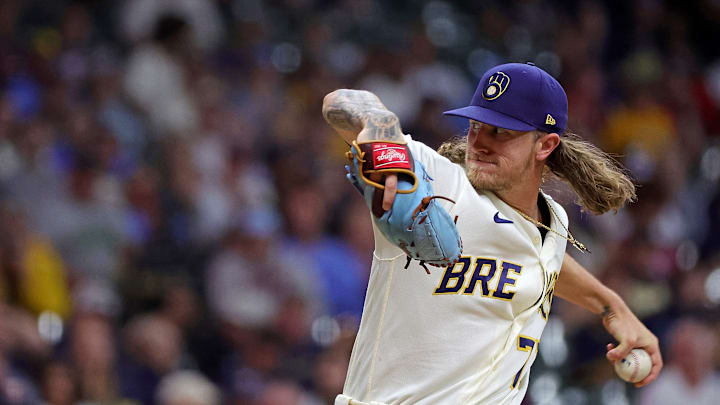The Major League trade deadline represents a contending team’s final opportunity to infuse proven talent into its roster. With the Milwaukee Brewers in postseason contention, this season’s deadline – 6 p.m. Eastern time Tuesday, becomes especially vital.
It also represents a chance for Senior Vice President and General Manager Matt Arnold to test himself against his peers acting against the least forgiving crucible of all – the clock.
In their more than half century history, the Brewers have been both buyers and sellers – probably more frequently the latter – at the trade deadline. A lot has already been written and more will be written about the 2024 team’s deadline needs.
But this is also a good time to look back on the Brewers’ deadline history, and especially at the last-minute deals they swung that infused real talent into the big league roster.
The deadline for non-waiver deals has been July 31 for as long as many fans can remember. But it was not always thus; prior to 1986, the trade deadline was June 15. With that in mind, here’s a chronological look at the most significant deadline trades made by the Brewers since their establishment in 1969.
